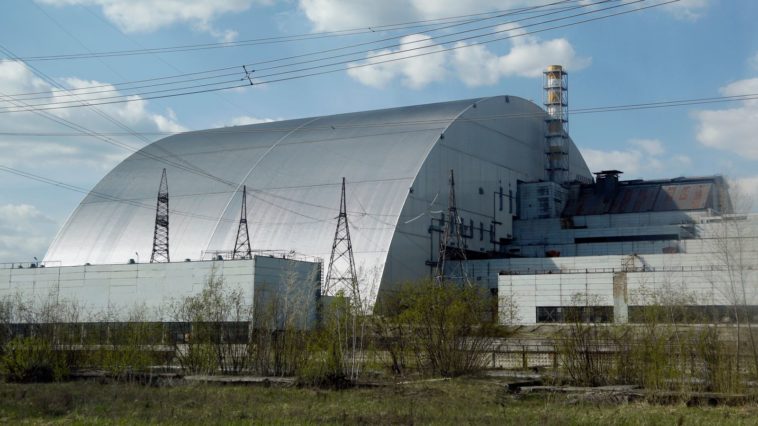Chernobyl is producing power again—though not the kind that triggered a nuclear meltdown 32 years ago. Ukraine is now turning to solar power, and in the process, making good use of land that won’t be habitable to humans for another 24,000 years.
A modest one-megawatt plant, located just a hundred yards from the infamous Chernobyl nuclear power plant, was launched earlier today by Ukranian authorities, AFP reports. The photovoltaic cells of this 1-million euro ($1.2 million) solar station take up 4 acres (1.6 hectares) of land and produce enough energy to power about 2,000 households.
The new solar plant is located inside what is called the Chernobyl Exclusion Zone.
On April 26, 1986, the Number Four reactor of the Chernobyl nuclear power plant experienced a catastrophic meltdown, sending radioactive plumes into the atmosphere. Up to three-quarters of Europe was contaminated, primarily Ukraine, Russia, and Belarus (all within the Soviet Union at the time). At least 30 workers were killed in the immediate aftermath, and an untold number of people suffered from the effects of radiation. Hundreds of thousands of people were evacuated from a territory measuring 770 square miles (2,600 square kilometers) in size, an area now known as the Exclusion Zone.
Public access to this area is restricted, as the land remains radioactive. It won’t be safe for human habitation for another 24,000 years (plutonium has a 24,000-year half-life). In 2016, Ukrainian authorities installed a $1.6 billion sarcophagus around the plant to prevent further radioactive waste from leaking out of the damaged reactor.
The new solar plant, though currently limited in its power production, could eventually become something far grander. With sufficient funding, Ukraine envisions a 6,200-acre (2,500-hectares) plant capable of generating 100 megawatts of energy, AFP reports. The country is currently seeking investors to make it happen. Ukraine is hoping that the cheap land and plant’s direct connection to the power grid will make it an appealing prospect to some investors.
This radioactive land can’t be used for real estate or farming, so a solar power plant makes perfect sense. But it also serves another purpose, namely Ukraine’s ongoing efforts to diversify its electricity generation. Relations aren’t good with Russia, and Ukraine is no longer buying its natural gas. This plant, in addition to reconstituting abandoned land, will help to make Ukraine more energy self-sufficient.




GIPHY App Key not set. Please check settings